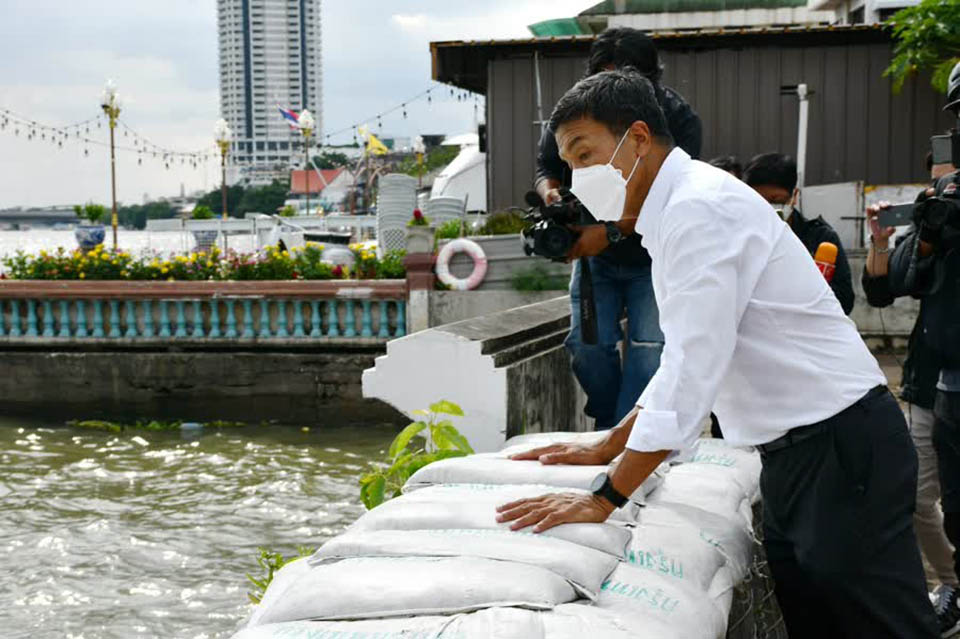
A second warning for water discharge at Chao Phraya Dam has been issued ahead of the discharge rate being increased to 1,000-1,250 cubic meters per second. Consequently, water levels in the Chao Phraya River and Ayutthaya’s Noi River will rise. 11 provinces are being asked to make preparations for the increasing water levels.
The discharge rate increase was prompted by expectations for the water level on the Chao Phraya River section in Nakhon Sawan to rise. The Royal Irrigation Department explained this is due to increased rainfall in the Northern Region.
The increased discharge will cause the water level downstream from Chao Phraya Dam to rise by about 50 centimeters. The irrigation department asked 11 provinces along the Chao Phraya basin to notify locals and businesses along the banks of the Chao Phraya River. Those who live near the banks and businesses that operate in the vicinity should closely monitor the water situation.
The department expects the high tide between July 28 and August 1 to cause the water level in the lower portion of the Chao Phraya to rise. The water level is believed to exceed the mean sea level by 1.9-2.1 meters. This may impact communities in Nonthaburi, Samut Prakan, and Bangkok that are not protected by water barriers.
Bangkok Governor Chadchart Sittipunt said the increased water discharge and the high tide may impact Bangkok. He said the capital city has 88 kilometers of water barriers along the Chao Phraya River. Floods may occur if the water in the Chao Phraya flows into the river’s Bangkok section at a rate exceeding 2,000 cubic meters per second. An inflow rate in excess of this figure would cause the water level to reach or exceed the height of the water barriers.
The governor said irrigation department information indicates that the water discharge was 1,000 cubic meters per second. This is not yet at a critical level and Bangkok City Hall will be monitoring changes in the discharge rate. (NNT)
 |
 |
 |





